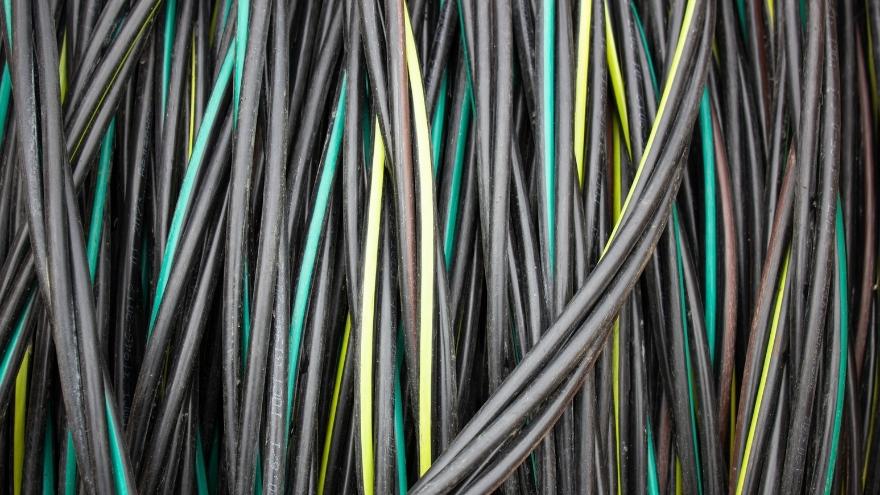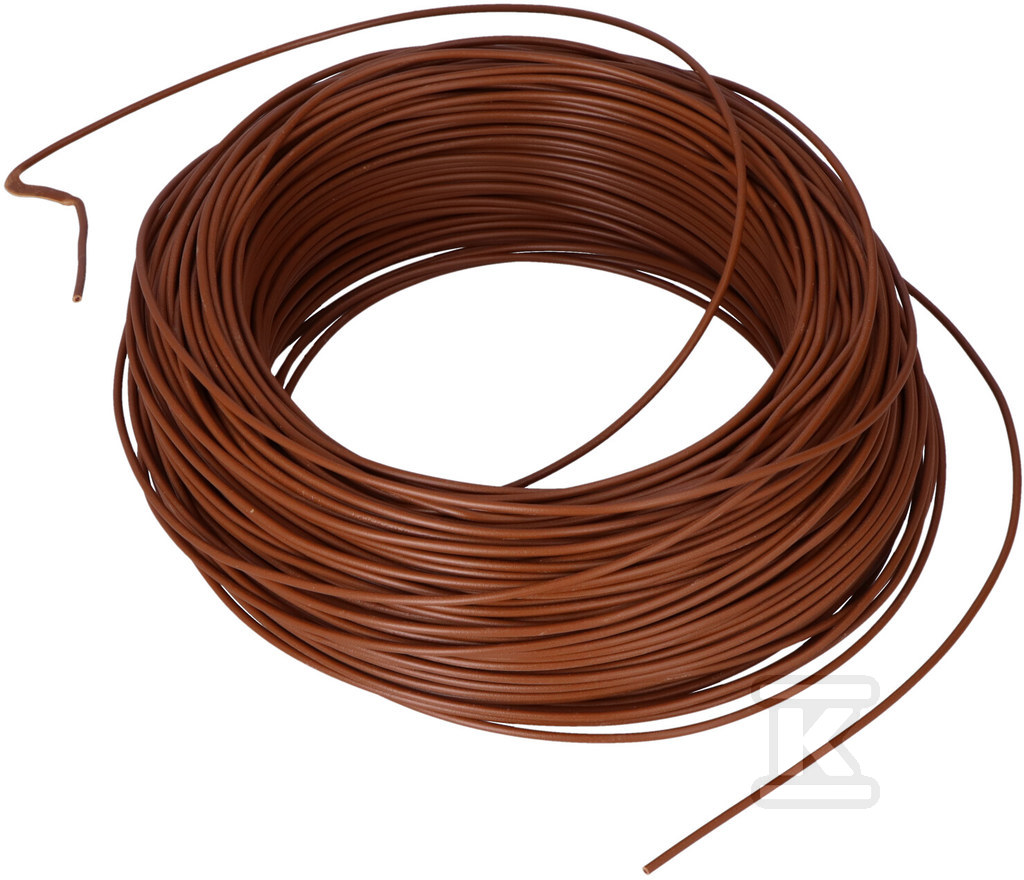Overheating of electric cables is a very dangerous phenomenon, which is why you need to know how to avoid this threat. Appropriate safeguards are essential here, because otherwise failures in electrical installations may occur. And this can turn into a real fire hazard. There are several proven methods that minimize excessive heating of cables and wires. In the following article, we will deal with this topic comprehensively, presenting the main causes of this phenomenon, such as overloading of three-phase circuits or improper selection of wires. We will show why it is so important to take into account the ambient temperature, namely how the limit temperature of the wires affects the entire installation. With these tips, our electrical installations will be in good condition, and we will always be safe!

Check cables and wires at the Onninen wholesaler
Main causes of heating of electric cables
The good condition of the installation is an absolute basis to always have the assurance that nothing threatens us, that the effectiveness of protection against electric shock is at a high level. A huge role here is played by the installation wires , all cables and wires , for which the requirements are particularly high. There is no exaggeration in this - electricity is not a joke, it can really do a lot of harm. The increase in the temperature of the wire is particularly dangerous, which can lead to an increase in heat, and as a consequence the installations can overheat. What are the reasons for this?
 One of the most common is overloading the installation, a dangerous situation when too much current flows through the wires. So much that their nominal parameters are exceeded. This causes an increase in temperature in the wires and insulation. If the heat is too great and the limit temperature is exceeded for a long time, there is a real threat of damage to the wires, their degradation, and consequently fire.
One of the most common is overloading the installation, a dangerous situation when too much current flows through the wires. So much that their nominal parameters are exceeded. This causes an increase in temperature in the wires and insulation. If the heat is too great and the limit temperature is exceeded for a long time, there is a real threat of damage to the wires, their degradation, and consequently fire.
This is one of the main reasons, but there are also others, especially the improper selection of cables, i.e. electrical wires with a cross-section that is too small in relation to the load. And as we already know, the long-term load capacity of the wire can have dire consequences.
Another factor may be poor ventilation or placing cables in places where the temperature is too high. This can further accelerate their overheating. Low-quality materials used in cable insulation also have a negative impact. They can be damaged more quickly by temperature.
In this context, regular inspections of installations and cable current-carrying capacity standards that must be adhered to are also extremely important.
The influence of the design ambient temperature on the selection of cables and wires
Taking the above information into account, we would like to pay special attention to the calculated peak current of the circuit, as it has a key influence on the selection of cables and wires in electrical installations.
 The ambient temperature has a significant impact on the ability of the cables to dissipate heat, which determines their efficiency. If the temperature is too high, the cable has limited ability to conduct electricity, which unfortunately leads to overheating. This is why each type of cable has a maximum operating temperature that must be taken into account when building the installation.
The ambient temperature has a significant impact on the ability of the cables to dissipate heat, which determines their efficiency. If the temperature is too high, the cable has limited ability to conduct electricity, which unfortunately leads to overheating. This is why each type of cable has a maximum operating temperature that must be taken into account when building the installation.
For example, in places where the temperature exceeds the standard 30 degrees Celsius, cables and wires with a higher cross-section must be used. We must remember this, it is a matter of responsibility and safety. If we match them incorrectly, the installation will be damaged over time. There is no point in trivializing the subject, but rely on reliable halogen-free cables or fire-resistant cables .
What is the permanently and temporarily permissible temperature limit for cables and wires?
![]() Protecting wires from overheating is therefore absolutely essential. And to make this even clearer, it is worth explaining what the limit temperature for cables and wires is, permanently and temporarily. These are key parameters in assessing the safety and durability of wires.
Protecting wires from overheating is therefore absolutely essential. And to make this even clearer, it is worth explaining what the limit temperature for cables and wires is, permanently and temporarily. These are key parameters in assessing the safety and durability of wires.
Let's start with the permanently permissible temperature, which expresses the maximum value at which the cables can operate for a longer period of time without the risk of damaging the insulation or compromising their mechanical properties. If this value is exceeded, the cables begin to degrade.
Temporarily permissible temperature refers to short-term temperature increases, especially during overloads and short circuits. It is worth remembering that although the cables are designed to withstand temperature jumps, they are for a limited time. If they are too frequent and too large, permanent damage will occur.
By remembering the principles mentioned in the article, we can sleep soundly, ensuring the safety of ourselves and our loved ones.